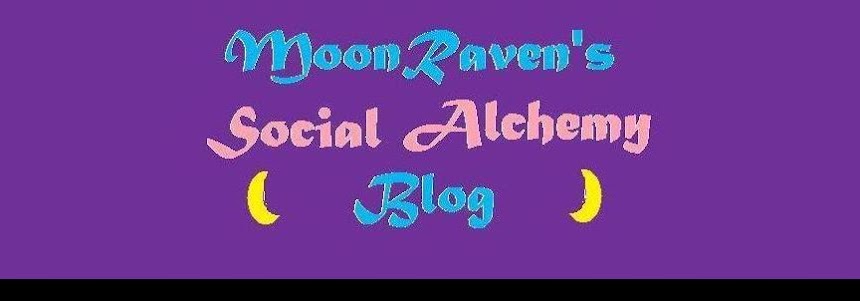Tuesday I attended a workshop on Land Use Planning run by Tony Sirna, one
of the founders of Dancing Rabbit. It was fascinating because it focused
on the social and relational aspects of buildings.
Tony started out by pointing out that DR was built using the 'village'
model. A major influence was the book A Pattern Language by Christopher
Alexander. Tony said that they modeled the layout of DR on how New
England villages and European villages are structured. They focused on
things like courtyards between the buildings and creating social spaces.
They looked at questions like 'Where do people gather?', 'Where do the
accidental interactions occur?', and 'How can you create situations where
more of these accidental interactions happen?'
One method is to have the houses at angles to each other, so that their
front doors open facing each other. He pointed out that buildings
generally have a 'primary access side' and a 'secondary access side'--the
primary side gets used a lot more and so it's important that this is the
side that faces other buildings.
He also pointed out that a problem with using classic permaculture zones
in creating houses in ecovillages is that the way that these zones are
applied to people's houses is as if each house was a homestead in
isolation from other properties. But at DR what people do with each house
affects the houses around it. For example: people have the house face
south for solar gain and classically would plant large trees in the north
as a wind break. But, as he said, 'One person's north side is the person
behind them's south side and trees planted in the north can diminish their
neighbor's solar gain.
Tony made it clear that it didn't make sense to build the community by
adding a house here and then another house much further away and just
slowly filling in the pieces. He suggested starting by building
'microcosms'--modeling what the eventual community will look like by what
you build initially.
Finally, he said that one difference between Dancing Rabbit and Earthaven (the two most famous of the ecovillages) is that Earthaven is in a highly forested area and DR is being built in former farmland, so at Earthaven they have to cut down trees to build houses and at DR people not only don't have to cut down any trees to build but they're actually planting trees all over the place.
Quote of the Day: "People will not feel comfortable in their houses unless
a group of houses forms a cluster... The most obvious and tribal-like
cluster--the homes on either side and across the street--forms roughly a
circle, and it is there that most contact occurs." - Christopher
Alexander, Sara Ishikawa, and Murray Silverstein
Friday, May 31, 2013
Subscribe to:
Post Comments (Atom)


1 comment:
Add note: I kept think of this but it didn't end up in my post (most of these posts are being written in a hurry). Tony's comments on arranging things so that more accidental meetings occur remind me of what I wrote in my post on the book Imagine (1/18/13) '...Pixar, which has created eleven films, all of which have been commercial successes. They claim that a big part of their success is because of the organization of the studio--all the main functions are located in the center of the building, even the bathrooms, so that you constantly have to run into people to do anything. It's the continual interactions that promote the creativity. Lehrer references sociologist Ray Oldenburg who talks about "third places" (neither home or work) where people get together--coffeeshops and bars and other hangout spaces. In communities I often notice this in kitchens and dining areas, people running into each other and chatting, and often connecting with new folks.' Pretty much the same things--maybe Pixar was familiar with Christopher Alexander's work.
Post a Comment